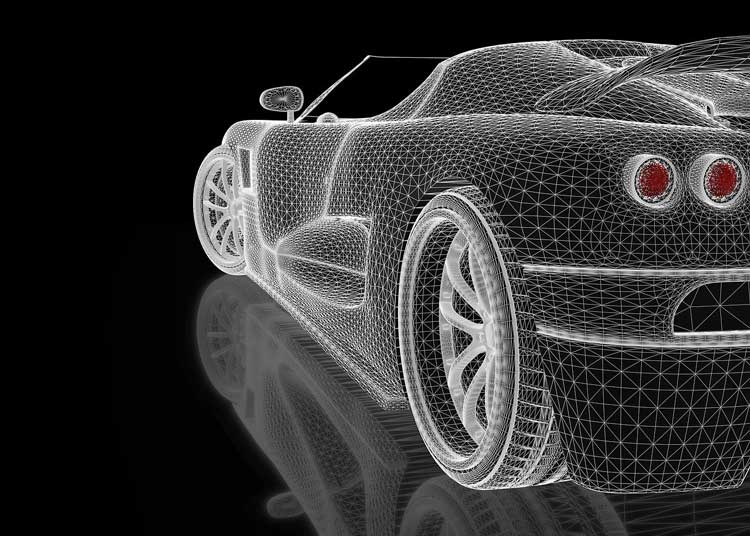Solder Paste for Automotive Grade Package: Five Trends of Automotive Technologies in 2022
Solder Paste for Automotive Grade Package: Five Trends of Automotive Technologies in 2022
Solder Paste and Ultra-Fine Solder Manufacturer-Shenzhen Fitech is a comprehensive solder paste supplier integrating production, sales, research, and service of solder paste, epoxy solder paste, and solder powder. Fitech is the leading unit for the formulation of solder powder standards of the Ministry of Industry and Information Technology. Fitech's products include ultra-fine lead-free printing solder paste, ultra-fine lead-free dispensing solder paste, ultra-fine lead-free jetting solder paste, ultra-fine lead-free pin transfer solder paste, no-clean solder paste, water-soluble solder paste, high-temperature solder paste, medium-temperature solder paste, low-temperature solder paste, etc. Fitech can manufacture electronic-grade packaging solder powders with particle sizes from T2-T10.

Consulting firm Gartner recently released a report summarizing five technology trends to focus on in the automotive industry in 2022.

Trend 1: Automakers revisit their approaches to hardware procurement.
According to Gartner's analysis, automakers have traditionally followed lean manufacturing principles to assess their raw material inventories, leaving automakers and key suppliers lacking buffer inventories during chip shortages. As a result, automakers are re-examining their sourcing strategies for chip products and even considering designing their chips.
The agency predicts that 50% of the top 10 auto companies will design their own chips and forge strategic and long-term partnerships with chip companies by 2025. JIT inventory management practice will be suspended.
Trend 2: Digital giants are integrating cars into the entire ecosystem.
Gartner noted that the internet giant would continue to expand resources in automotive technology in 2022. The agency predicts that 70 percent of -sold cars will use less than 1 percent of the in-car Android operating system by 2028.
Trend 3: Open data and open source models gain motivation.
According to Gartner's observations, in 2021, multiple technology companies have set up open source automotive architecture operating systems and open electric vehicle (EV) platforms. This new automotive business model is expected to grow.
Trend 4: Old automakers elevate OTAs as a primary digital revenue channel.
Gartner believes that the automotive over-the-air (OTA) software market suffered significant changes last year because many automakers began offering software updates.
As automakers promote automotive hardware to support remote software updates, they will begin shifting to revenue models based on services rather than hardware sales.
Analysts at the agency predicted that half of the top 10 automakers will offer feature unlocks and upgrades through aftermarket software updates by 2023.
Trend 5: Self-driving cars are regulated, but business hurdles remain.
Despite advances in technology and regulatory norms, self-driving car developers still need to expand into new operating scenarios, Gartner said.
Automakers have already started rolling out L3 autonomous vehicles and are deploying L4 autonomous trucks and robotic taxis. However, proving the safety and efficacy of stand-alone technologies requires sufficient validation and testing. As a result, the commercialization process is slow and expensive. In addition, accident liability, associated laws, and psychosocial factors are the challenge.
Gartner analysts predicted that the global number of L4 robotic taxis in 2030 will quadruple from 2022.
Source: Semiconductor Conductor Alliance, retrieved by Shenzhen Fitech


















 Back to list
Back to list



